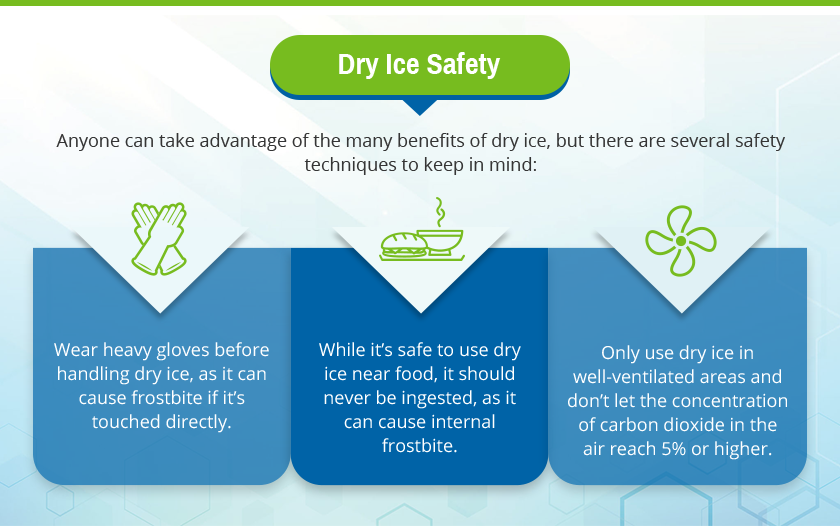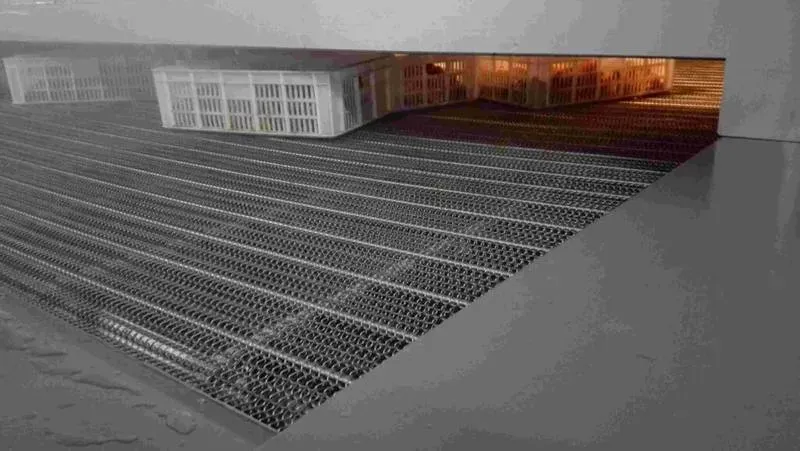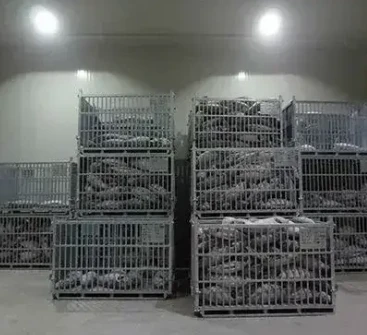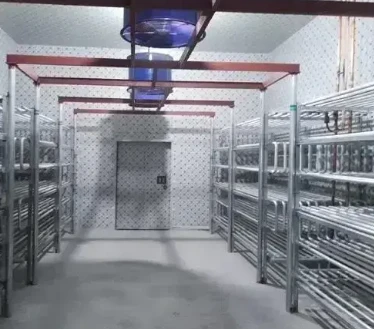chilling unit for water
Understanding Chilling Units for Water An Essential Concept in Cooling Technology
In the modern world, efficient cooling systems play a crucial role in various sectors, from industrial applications to residential comfort. Among the many metrics used to evaluate the performance of cooling systems, the concept of chilling units stands out, particularly when dealing with water as a cooling medium. This article aims to delve into the significance of chilling units for water, their calculation, and their applications in different fields.
What Are Chilling Units?
Chilling units, often referred to as chillers, are systems designed to remove heat from a liquid through a vapor-compression or absorption refrigeration cycle. The term chilling unit can refer to both the cooling capacity of the system and the efficiency with which it operates. When discussing chilling units for water, we typically focus on the cooling capacity expressed in tons or kilowatts.
One ton of refrigeration is defined as the ability to freeze one ton of water at 0 degrees Celsius in 24 hours, which translates to about 3.517 kW of cooling capacity. Understanding chilling units is critical for engineers and facility managers tasked with designing and maintaining efficient cooling systems.
Importance of Chilling Units in Water Cooling
Chilling units serve various purposes, particularly in environments where temperature control is essential. In industrial settings, chilling units help maintain optimal conditions for machinery and manufacturing processes. In commercial buildings, they regulate indoor climates to enhance comfort and energy efficiency. In the food and beverage industry, chilling units are essential for preserving products and extending shelf life.
One of the primary advantages of using chilling units for water is their efficiency. Water has a high specific heat capacity, allowing it to absorb significant amounts of heat without a substantial increase in temperature. This property makes water an ideal medium for cooling applications, as it can transport heat away from processes or environments effectively.
Calculating Chilling Units
To determine the appropriate chilling units for a specific application, one must consider several factors, including the total heat load that needs to be removed, the desired temperature of the water, and the entering and leaving temperatures of the water in the cooling system.
The formula for calculating the required cooling capacity in chilling units can be simplified to
chilling unit for water

\[ \text{Cooling Capacity (kW)} = \frac{\text{Heat Load (kcal/h)}}{860} \quad \text{or} \quad \text{Cooling Capacity (TR)} = \frac{\text{Heat Load (kcal/h)}}{3024} \]
where TR stands for tons of refrigeration. Knowing the total heat load allows engineers to size the chilling units appropriately to ensure optimal performance and energy efficiency.
Applications of Chilling Units for Water
Chilling units for water are utilized in a variety of applications across numerous industries
1. HVAC Systems In building heating, ventilation, and air conditioning (HVAC), chilling units maintain comfortable indoor temperatures regardless of external conditions.
2. Industrial Processes Many manufacturing processes generate heat that must be removed to maintain efficiency. Chilling units ensure that equipment operates within designated temperature ranges.
3. Food Processing In food industry facilities, chilling units help keep products cool, preventing spoilage and maintaining quality.
4. Data Centers Cooling is critical in data centers, where equipment generates substantial heat. Chilling units keep temperatures low to protect sensitive infrastructure.
5. Recreational Facilities Swimming pools and ice rinks often rely on chilling units to maintain appropriate temperatures, ensuring a pleasant experience for users.
Conclusion
In conclusion, chilling units for water are pivotal in enhancing efficiency and comfort across various applications. By understanding their operation and calculating their capacity correctly, industries can optimize their cooling systems for both performance and energy savings. As technology continues to evolve, the role of chilling units will remain crucial in achieving environmental sustainability and operational excellence. Whether in manufacturing, HVAC, or food preservation, chilling units are an essential component of modern cooling technology.
-
Transform Operations with Vacuum Freezer MachineNewsMay.14,2025
-
Enhance Business with Cold Room TechnologyNewsMay.14,2025
-
Vacuum Freezer Machine for Modern NeedsNewsMay.09,2025
-
Discover Our Comprehensive Cold Room SolutionsNewsMay.09,2025
-
Cold Room Solutions for Your BusinessNewsMay.08,2025
-
Advanced Vacuum Freezer MachineNewsMay.08,2025
















































































































